Aram and the Algorithms ask "Can AI amplify indigenous narratives?"
- Aram Armstrong
- Feb 22, 2024
- 14 min read
Updated: Jul 31, 2024
Purpose: The purpose of the KAHU AI Initiative is to harness the power of artificial intelligence (AI) to illuminate and amplify indigenous narratives, particularly those of Native Hawaiian culture. By leveraging modern technology, the initiative aims to revitalize traditional storytelling practices, preserve cultural heritage, and foster greater appreciation and understanding of indigenous perspectives.
Process: The initiative follows a collaborative and iterative process involving indigenous communities, cultural practitioners, educators, and technology experts. It begins with stakeholder consultations to understand needs and priorities, followed by the development of AI literacy and storytelling training programs. Collaborative workshops and projects are then facilitated to create AI-powered storytelling content, with ongoing evaluation and reflection to inform improvements.
Projects: Projects under the KAHU AI Initiative include the creation of AI-generated indigenous storytelling content, such as digital narratives, artworks, and multimedia experiences. These projects serve as vehicles for cultural expression and education, showcasing the richness and diversity of indigenous cultures while leveraging AI technology to reach broader audiences.
Outcomes: Key outcomes of the initiative include increased AI literacy and storytelling proficiency among participants, the creation of a diverse portfolio of AI-generated indigenous storytelling projects, enhanced cultural awareness and appreciation within communities and broader audiences, and expanded networks and collaborations with external partners and stakeholders.
Impacts: The impacts of the KAHU AI Initiative are far-reaching, contributing to the long-term preservation and celebration of indigenous cultural heritage and identity. Through the transformation of attitudes and perceptions towards indigenous cultures, the initiative fosters greater respect and appreciation, empowering indigenous youth and communities to engage with technology as a tool for cultural expression and social change.
Questions:
How can AI technology be effectively integrated into indigenous storytelling practices while respecting cultural protocols and values?
What strategies can be employed to ensure meaningful collaboration and co-creation with indigenous communities throughout the project?
How might the KAHU AI Initiative address issues of cultural appropriation and ethical considerations in the use of AI-generated content?
What metrics and indicators can be used to measure the success and impact of the initiative in preserving and revitalizing indigenous narratives?
How can the lessons learned from the KAHU AI Initiative be shared and applied to other indigenous communities and cultural contexts around the world?
I. Introduction
"The Hawaiian Romance of Laieikawai" stands as a seminal work in the realm of indigenous Hawaiian literature, representing a significant milestone in the preservation and dissemination of traditional Hawaiian cultural narratives during a period of profound social and political change. Authored by Native Hawaiian chief and scholar S. N. Hale‘ole, the narrative was first published in the Hawaiian language newspaper Ka Hae Hawaii (The Hawaiian Flag) in 1863. Notably, this publication marked one of the earliest instances of a written work by a Native Hawaiian author in the post-contact era, making it a cornerstone of modern Hawaiian literature and a testament to the resilience and creativity of Hawaiian cultural expression in the face of colonial influences.
This narrative holds a unique position within Hawaiian literary tradition, not only for its historical significance but also for its thematic richness and storytelling prowess. Set against the backdrop of ancient Hawaii, "The Hawaiian Romance of Laieikawai" weaves a captivating tale of love, adventure, and spiritual discovery. Its characters, drawn from Hawaiian mythology and folklore, come to life through vivid descriptions and intricate plotlines, offering readers valuable insights into traditional Hawaiian beliefs, values, and customs. Through the artful blending of myth and reality, Hale‘ole masterfully crafts a narrative that transcends time and space, inviting readers to embark on a journey of exploration and enlightenment into the heart of Hawaiian culture.
In undertaking this project, we seek to illuminate the enduring relevance and cultural resonance of "The Hawaiian Romance of Laieikawai" by harnessing the power of modern technology. Through innovative approaches such as generative AI, we aim to reintroduce this cherished narrative to contemporary audiences while honoring its place as a cornerstone of Hawaiian literary heritage. By leveraging the capabilities of AI-driven storytelling, we endeavor to create immersive and interactive experiences that resonate with diverse audiences, fostering a deeper appreciation for Hawaiian culture and storytelling traditions. Ultimately, our goal is to bridge the gap between past and present, ensuring that the rich tapestry of Hawaiian literature continues to inspire and captivate generations to come.
II. Project Overview
The project aims to amplify indigenous narratives within mainstream media, including plays, epic TV sagas, movies, and video games, with "The Hawaiian Romance of Laieikawai" serving as a prime example of the rich storytelling tradition inherent in indigenous cultures. Recognizing the importance of cultural restoration and representation, our initiative seeks to bring to light lesser-known narratives like "The Hawaiian Romance of Laieikawai" through modern mediums, making them more accessible to contemporary audiences while honoring their cultural significance.
By harnessing the capabilities of generative AI and modern technology, we aim to transform traditional narratives into immersive and engaging experiences that resonate with diverse audiences. The project's overarching goal is to provide a platform for indigenous stories to be told and celebrated on a global scale, fostering cultural exchange and understanding while empowering indigenous communities to reclaim and share their narratives.
Through collaboration with cultural practitioners, artists, researchers, and students, we envision this project becoming a collaborative effort to explore, reinterpret, and reimagine indigenous narratives for modern audiences. By offering new formats and perspectives, we hope to inspire a renewed appreciation for indigenous cultures and their storytelling traditions, paving the way for greater inclusion and representation in mainstream media. Ultimately, our project seeks to ignite a cultural renaissance that celebrates the diversity and richness of indigenous voices while advocating for their rightful place in the global narrative landscape.
III. Purpose and Rationale
The purpose of this project is twofold: to promote cultural restoration and representation and to leverage modern technology to make indigenous narratives more accessible and impactful in contemporary society. At its core, this initiative seeks to address the underrepresentation of indigenous cultures in mainstream media while fostering a deeper understanding and appreciation for their rich storytelling traditions.
By revitalizing indigenous narratives like "The Hawaiian Romance of Laieikawai," we aim to reclaim and preserve cultural heritage, ensuring that these stories continue to be passed down through generations. Through the use of generative AI and innovative storytelling techniques, we can breathe new life into traditional narratives, making them relevant and engaging for modern audiences.
Furthermore, this project seeks to empower indigenous communities by providing a platform for their voices to be heard and celebrated on a global scale. By amplifying indigenous narratives in popular media formats such as plays, TV sagas, movies, and video games, we aim to spark dialogue, inspire cultural exchange, and promote greater inclusivity and diversity in the cultural landscape.
The KAHU AI Initiative is driven by a profound purpose and rationale rooted in the imperative to preserve, promote, and revitalize indigenous narratives, particularly those of the Hawaiian culture. The project's overarching goals and motivations can be encapsulated as follows:
1. Cultural Restoration and Revitalization:
The primary purpose of the KAHU AI Initiative is to contribute to the restoration and revitalization of Hawaiian culture by leveraging modern technology, specifically AI, to amplify indigenous narratives. Through this endeavor, the project seeks to honor and celebrate the rich heritage, traditions, and wisdom of the Hawaiian people.
2. Empowerment and Representation:
By providing a platform for indigenous storytelling and creative expression, the project aims to empower Hawaiian communities to reclaim ownership of their narratives and identities. By elevating indigenous voices and perspectives, KAHU AI seeks to counter historical erasure and misrepresentation while fostering a sense of pride and agency among indigenous youth and communities.
3. Innovation and Education:
The project recognizes the potential of AI technology as a powerful tool for innovation and education. By integrating AI into the storytelling process, KAHU AI aims to not only preserve traditional storytelling techniques but also to explore new forms of expression and engagement. Through hands-on learning experiences and creative experimentation, participants will develop valuable skills in AI literacy, digital storytelling, and cultural preservation.
4. Community Building and Collaboration:
At its core, the KAHU AI Initiative is about building bridges and fostering collaboration across diverse communities. By engaging cultural practitioners, educators, students, and community members, the project creates opportunities for meaningful dialogue, cultural exchange, and collective action. Through collaborative storytelling and creative expression, KAHU AI seeks to strengthen connections within and beyond the Hawaiian community, promoting understanding, empathy, and solidarity.
5. Legacy and Sustainability:
The KAHU AI Initiative aspires to leave a lasting legacy of cultural preservation, innovation, and empowerment. By documenting and sharing its methodologies, learnings, and outcomes, the project aims to inspire future generations of indigenous storytellers, cultural leaders, and AI practitioners. Through strategic partnerships and ongoing community engagement, KAHU AI seeks to ensure the long-term sustainability and impact of its efforts, fostering a legacy of cultural resilience and empowerment for years to come.
Overall, the purpose and rationale of this project are rooted in the belief that indigenous narratives are essential components of our collective human experience and deserve to be recognized, respected, and celebrated alongside mainstream narratives. Through our efforts, we hope to contribute to a more equitable and culturally rich society where indigenous voices are valued and honored.
IV. Methodology
The KAHU AI Initiative employs a multifaceted methodology that integrates indigenous storytelling, AI technology, and community engagement to achieve its objectives of preserving and promoting Hawaiian culture. This methodology is divided into several key components:
Story Selection and Adaptation:
Collaborate with cultural practitioners, historians, and community members to select culturally significant stories and narratives.
Adapt these stories for modern audiences while preserving their authenticity and cultural integrity.
AI Integration and Training:
Utilize AI platforms such as OpenAI's ChatGPT and DALL·E to generate multimedia content, including text, images, and videos.
Train project participants, including students, educators, and community members, in the use of AI tools and technologies for storytelling and content creation.
Creative Workshops and Labs:
Organize creative workshops and labs at STEMworks and UHWO to facilitate hands-on experimentation with AI-generated content.
Encourage participants to explore different narrative formats, such as plays, scripts, digital art, and interactive media.
Community Outreach and Engagement:
Partner with local schools, cultural organizations, and community centers to facilitate community outreach events and workshops.
Engage with indigenous communities to ensure their voices and perspectives are central to the storytelling process.
Iterative Development and Feedback:
Foster a culture of iterative development and continuous improvement by soliciting feedback from participants and stakeholders.
Use feedback to refine storytelling techniques, AI applications, and community engagement strategies.
Documentation and Knowledge Sharing:
Document the project's progress, learnings, and outcomes through written reports, multimedia presentations, and online platforms.
Share knowledge and resources with other indigenous communities, educators, and AI practitioners to facilitate broader impact and collaboration.
Evaluation and Impact Assessment:
Evaluate the project's impact on cultural preservation, community engagement, and AI literacy through qualitative and quantitative assessments.
Measure outcomes such as increased awareness of indigenous narratives, enhanced AI skills, and strengthened community connections.
By implementing this methodology, the KAHU AI Initiative aims to harness the transformative potential of AI technology to elevate indigenous storytelling, empower communities, and foster cultural resilience in the digital age.
V. Project Implementation
The implementation of the KAHU AI Initiative is structured into several key phases, each designed to achieve specific objectives and milestones. These phases represent a strategic progression of activities, from initial planning and preparation to the execution of hands-on projects and community engagements.
Below is an overview of the project's implementation framework:
Phase 1: Project Planning and Stakeholder Engagement
Purpose: Lay the groundwork for the initiative, establish partnerships, and engage key stakeholders.
Activities:
Conduct stakeholder consultations with indigenous communities, cultural practitioners, educators, and technology experts.
- Define project goals, scope, and timeline.
- Identify potential project hosts and funding sources.
Outcomes:
- Stakeholder buy-in and commitment.
- Clear project plan and roadmap.
- Partnership agreements and funding secured.
2. Phase 2: Capacity Building and Training
Purpose: Equip participants with the necessary skills and knowledge to engage with AI technology and indigenous storytelling techniques.
Activities:
- Develop training materials and curriculum on AI literacy, digital storytelling, and cultural preservation.
- Conduct workshops, seminars, and hands-on training sessions for educators, students, and community members.
- Facilitate mentorship opportunities with experienced cultural practitioners and AI specialists.
Outcomes:
- Increased AI literacy and storytelling proficiency among participants.
- Enhanced cultural awareness and appreciation.
- Development of a community of practice around AI-driven storytelling.
Phase 3: Storytelling Projects and Collaborations
Purpose: Facilitate the creation of AI-powered storytelling projects that amplify indigenous narratives and perspectives.
Activities:
- Facilitate collaborative storytelling workshops and hackathons.
- Provide access to AI tools and resources for participants to experiment with.
- Support the development and production of multimedia storytelling projects, including films, plays, digital art, and interactive experiences.
Outcomes:
- Creation of a diverse portfolio of AI-generated indigenous storytelling projects.
- Increased visibility and recognition of indigenous narratives in mainstream media.
- Strengthened community connections and partnerships through collaborative projects.
Phase 4: Outreach and Community Engagement
Purpose: Share the outcomes of the initiative with broader audiences and engage the community in dialogue and reflection.
Activities:
- Organize screenings, exhibitions, and public events to showcase storytelling projects.
- Facilitate community discussions, panels, and Q&A sessions on AI, storytelling, and indigenous culture.
- Develop educational resources and outreach materials to disseminate widely.
Outcomes:
- Increased awareness and appreciation of indigenous storytelling and AI technology.
- Expanded networks and collaborations with external partners and stakeholders.
- Continued engagement and dialogue around the intersection of technology, culture, and storytelling.
5. Phase 5: Evaluation and Reflection
Purpose: Assess the impact and effectiveness of the initiative, identify lessons learned, and plan for future iterations.
Activities:
- Conduct participant surveys, interviews, and focus groups to gather feedback and insights.
- Analyze project outcomes and metrics to evaluate success against predefined goals.
- Host reflection sessions and workshops to discuss findings and identify areas for improvement.
Outcomes:
- Comprehensive evaluation report documenting project achievements, challenges, and recommendations.
- Insights and best practices for future AI-driven storytelling initiatives.
- Strategic roadmap for sustaining and scaling the impact of the KAHU AI Initiative beyond its initial implementation phase.
By following this phased approach to project implementation, the KAHU AI Initiative aims to achieve its overarching goals of cultural restoration, empowerment, innovation, and community building. Through strategic planning, capacity building, collaborative projects, outreach efforts, and ongoing evaluation, the initiative seeks to create a lasting legacy of AI-powered indigenous storytelling that honors and celebrates the diverse cultural heritage of Hawaii.
KAHU: Knowledge Advancement through Hawaiian Understanding
Explanation: "KAHU" means guardian or keeper in Hawaiian, representing the role of the initiative in fostering knowledge advancement and understanding. "Knowledge Advancement through Hawaiian Understanding" underscores the educational objectives and approach of the program.
Rationale: The acronym "KAHU" conveys a sense of responsibility and stewardship, aligning with the initiative's role in promoting education and understanding. "Knowledge Advancement through Hawaiian Understanding" emphasizes the program's focus on integrating Hawaiian culture with knowledge advancement.
Pros: Reflects Hawaiian cultural values of stewardship and responsibility, emphasizes the integration of Hawaiian culture with knowledge advancement, and is easy to remember.
Cons: May require additional explanation to convey the specific objectives of the program, and the acronym may already be associated with other contexts.
Situation: The KAHU AI Initiative is a pioneering project aimed at preserving and promoting indigenous narratives, particularly those of Hawaiian culture, through the innovative use of artificial intelligence (AI) technology. It seeks to harness the power of modern technology to amplify the voices and stories of indigenous communities, which have often been marginalized or overlooked.
Complication: Despite the rich cultural heritage and profound significance of indigenous narratives, there are challenges in effectively preserving, sharing, and celebrating these stories in the modern age. Traditional methods of storytelling and cultural preservation may struggle to reach broader audiences or adapt to rapidly changing technological landscapes. Additionally, there may be limited resources or platforms available to support initiatives focused on indigenous narratives.
Question: How can we leverage modern technology, specifically AI, to overcome these challenges and ensure the preservation, accessibility, and celebration of indigenous narratives, particularly those of Hawaiian culture? What strategies and partnerships can be forged to support such initiatives, and how can they be sustained in the long term?
Answer: The KAHU AI Initiative proposes a multifaceted approach to address these questions. By integrating AI technology into storytelling, multimedia content creation, and educational programs, the initiative aims to make indigenous narratives more accessible, engaging, and relevant to diverse audiences. Through strategic partnerships with organizations, institutions, and community stakeholders, it seeks to secure funding, resources, and support to sustain its efforts. Ultimately, by embracing innovation and collaboration, the KAHU AI Initiative strives to empower indigenous communities to preserve, share, and celebrate their cultural heritage in the digital age
Introduction for STEMworks: Welcome to the KAHU AI Mobile Studio Initiative, a groundbreaking educational program spearheaded by STEMworks. Our mission is to bring the transformative power of artificial intelligence (AI) directly to high schools across Hawaii. Through our innovative mobile studio, we aim to inspire and empower the next generation of AI innovators, creators, and problem-solvers. At KAHU AI, we believe that every student deserves access to cutting-edge technology and hands-on learning experiences. By partnering with schools statewide, we're breaking down barriers and bringing AI education directly to communities. Our mobile studio is equipped with state-of-the-art AI tools and resources, providing students with the opportunity to explore, experiment, and create with this exciting technology. Join us on this journey as we embark on a mission to cultivate AI literacy, foster innovation, and cultivate a future where every student has the skills and knowledge to thrive in an AI-driven world. Together, we're building a brighter future for Hawaii through the power of education and innovation. | Introduction for UHWO: Welcome to the KAHU AI Lab at the University of Hawaii West Oahu (UHWO), where innovation meets education in the heart of the Pacific. As part of our commitment to advancing technology and empowering students, we're proud to introduce the KAHU AI Lab—a cutting-edge facility dedicated to exploring the frontiers of artificial intelligence and new media. Located within the dynamic environment of UHWO's new media program, the KAHU AI Lab serves as a hub for interdisciplinary collaboration, research, and experimentation. Here, students have access to state-of-the-art AI tools, mentorship from industry experts, and hands-on learning experiences that prepare them for careers in the rapidly evolving field of AI. From designing intelligent systems to creating immersive experiences, the KAHU AI Lab offers endless possibilities for students to explore the intersection of technology and creativity. Whether you're a seasoned researcher or an aspiring innovator, join us at the KAHU AI Lab and unlock the potential of AI to shape the future of media, society, and beyond. |
Illuminating Indigenous Narratives: Seeking a Sponsor for the KAHU AI Initiative
In the quest to preserve and celebrate indigenous heritage, initiatives like the KAHU AI (Knowledge Amplified through Hawaiian Understanding) stand as beacons of hope, offering a unique blend of tradition and technology to empower communities and amplify voices that have long been marginalized. As the project seeks a sponsor and a permanent "home" to nurture its growth, the opportunity arises for visionary organizations to align themselves with a cause that transcends boundaries and sparks meaningful change.
At its core, the KAHU AI Initiative represents a powerful convergence of modern technology and ancient wisdom, harnessing the potential of artificial intelligence (AI) to unlock the rich tapestry of Hawaiian culture and narratives. With a focus on AI literacy and community engagement, the initiative empowers participants to explore and share their cultural heritage through multimedia content, educational programs, and collaborative projects.
As the initiative seeks a sponsor to provide financial support and strategic guidance, the potential benefits are manifold. Not only does sponsorship offer a unique opportunity to align with a cause that resonates deeply with Hawaii's cultural identity, but it also provides a platform for organizations to demonstrate their commitment to diversity, inclusion, and innovation. By investing in the KAHU AI Initiative, sponsors can play a pivotal role in shaping the narrative of a nation and fostering positive social impact.
In addition to sponsorship, the KAHU AI Initiative is also in search of a "home"—a physical space where creativity can flourish, ideas can be nurtured, and partnerships can thrive. While STEMworks and the University of Hawaii West Oahu (UHWO) have emerged as potential hosts, the initiative remains open to collaboration with other institutions, community centers, or cultural organizations that share its vision and values.
In conclusion, the KAHU AI Initiative represents a unique opportunity for sponsors and hosts alike to make a meaningful difference in the lives of Hawaii's indigenous communities. By supporting this groundbreaking project, organizations can not only amplify indigenous voices but also contribute to the preservation and celebration of cultural heritage for generations to come. As the search for a sponsor and a home continues, the stage is set for a partnership that promises to illuminate indigenous narratives and inspire positive change.
Phase 1: Initial Setup and Pilot Program
In Phase 1, we establish the foundation for our Mobile Studio initiative, focusing on setting up the necessary infrastructure and conducting a pilot program in select high schools across Hawaii. The primary objective is to introduce students and educators to AI technology and indigenous narratives, fostering curiosity and engagement while gauging the effectiveness of our approach.
Activities:
Mobile Studio Setup: Procure essential equipment including computers, cameras, and recording gear to create a portable studio capable of traveling between schools.
Staff Recruitment and Training: Hire project managers, educational coordinators, and AI guides with expertise in both technology and indigenous culture. Provide comprehensive training on program objectives, AI tools, and cultural sensitivity.
Pilot Program Implementation: Collaborate with partner schools to launch introductory workshops and hands-on sessions, where students explore AI capabilities and participate in storytelling activities centered around Hawaiian narratives.
Feedback Collection: Gather feedback from students, educators, and community members to assess the pilot program's impact, identify areas for improvement, and refine strategies for future phases.
Outcomes:
Increased awareness and interest in AI technology among high school students.
Enhanced understanding and appreciation of indigenous narratives and cultural heritage.
Valuable insights and feedback gathered to inform program development and expansion.
Phase 2: Expanded Program Implementation
Phase 2 builds upon the success of the pilot program, expanding our reach to more high schools and deepening our engagement with students and educators. Through targeted outreach and strategic partnerships, we aim to embed AI literacy and cultural revitalization into the fabric of educational institutions across Hawaii.
Activities:
Program Expansion: Scale up Mobile Studio operations to reach a wider audience, collaborating with additional high schools and educational organizations throughout the state.
Curriculum Development: Refine and expand our educational curriculum, incorporating feedback from Phase 1 to create engaging lessons and activities that align with school curricula and educational standards.
Community Engagement Events: Host community forums, cultural workshops, and storytelling events to involve families and community members in the Mobile Studio initiative, fostering a sense of ownership and support.
Student Projects and Showcase: Encourage students to create their own AI-generated content and indigenous-inspired narratives, culminating in a showcase event to celebrate their creativity and achievements.
Outcomes:
Increased participation and engagement from diverse student populations across Hawaii.
Development of a robust curriculum and educational resources for sustainable program implementation.
Strengthened community ties and support for the Mobile Studio initiative, paving the way for long-term success and impact.
Phase 3: Sustainability and Growth
In Phase 3, our focus shifts towards ensuring the long-term sustainability and growth of the Mobile Studio initiative, solidifying its position as a cornerstone of AI education and cultural preservation in Hawaii. By investing in staff development, equipment maintenance, and strategic partnerships, we aim to create a lasting legacy that transcends individual schools and communities.
Activities:
Staff Capacity Building: Provide ongoing training and professional development opportunities for project staff, AI guides, and educators to stay abreast of technological advancements and pedagogical best practices.
Equipment Maintenance and Upkeep: Establish protocols for regular maintenance and servicing of mobile studio equipment to ensure optimal performance and longevity.
Research and Innovation: Foster a culture of innovation and experimentation, exploring new AI tools, methodologies, and storytelling techniques to continuously enhance program offerings and outcomes.
Scaling and Replication: Explore opportunities to replicate the Mobile Studio model in other regions and communities, leveraging lessons learned and best practices to maximize impact and reach.
Outcomes:
Empowered and resilient project team capable of sustaining and evolving the Mobile Studio initiative.
Well-maintained and equipped mobile studios ready to serve future generations of students and educators.
Continued growth and expansion of the program, extending its reach and influence across Hawaii and beyond.

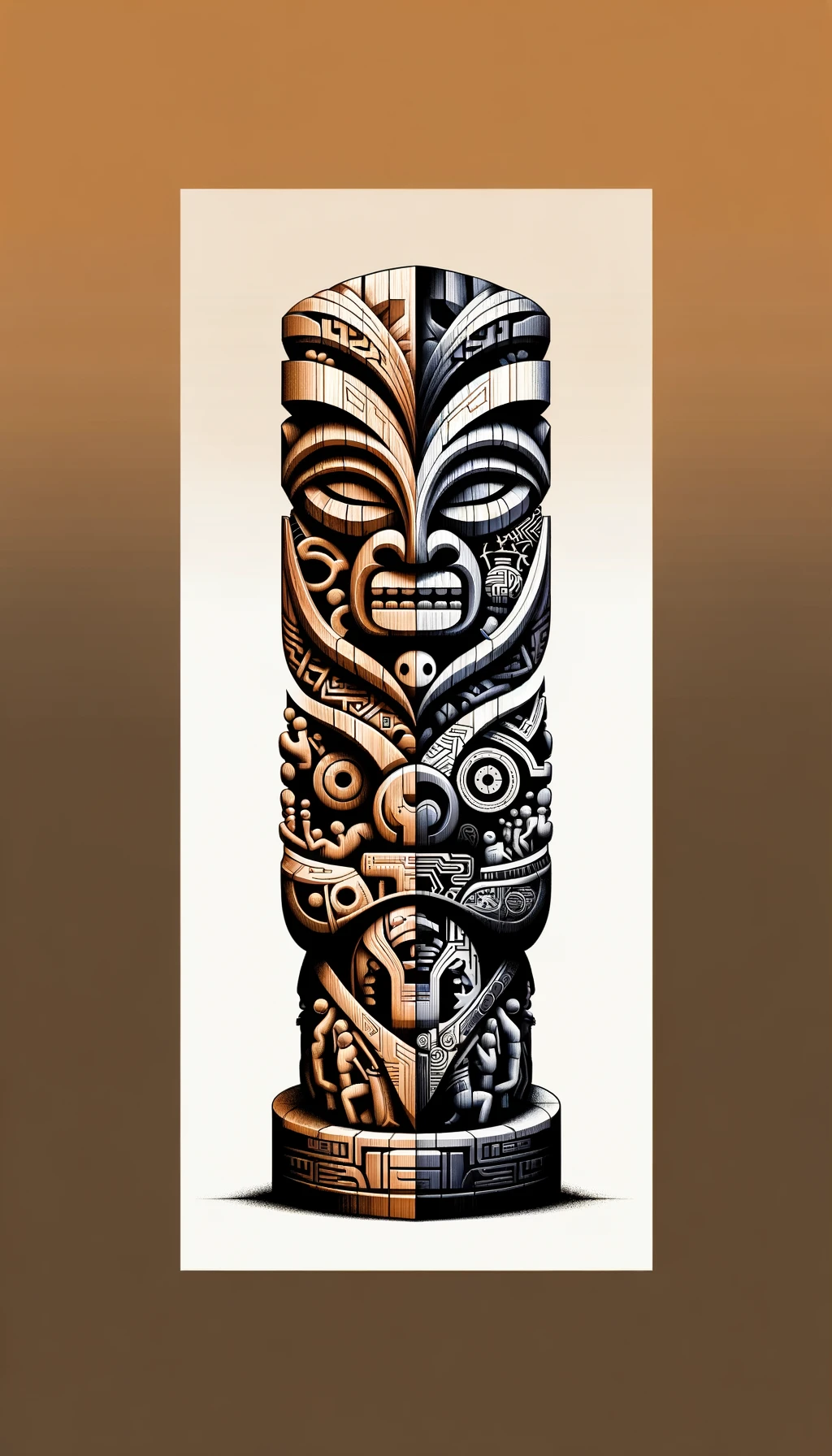


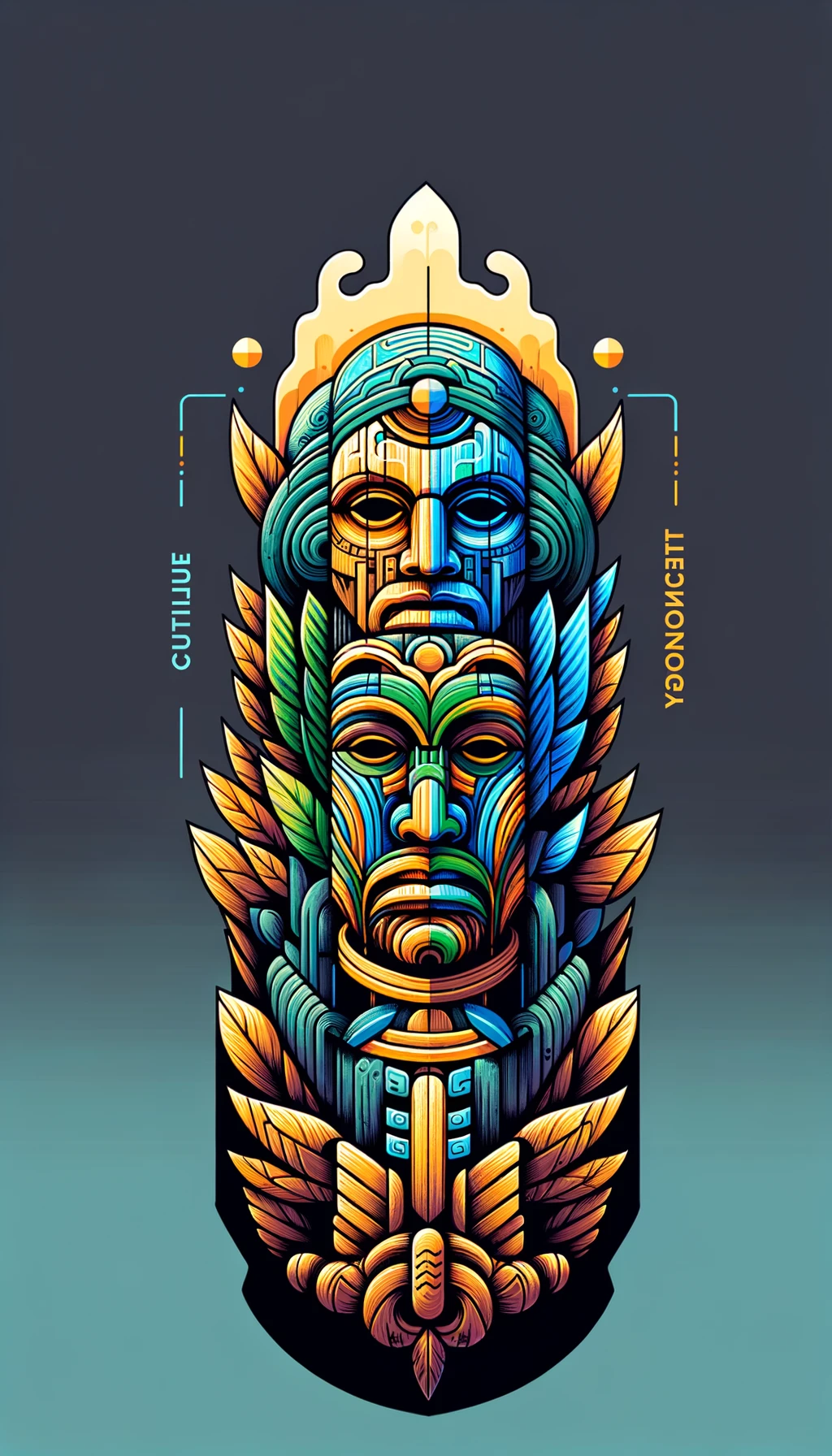
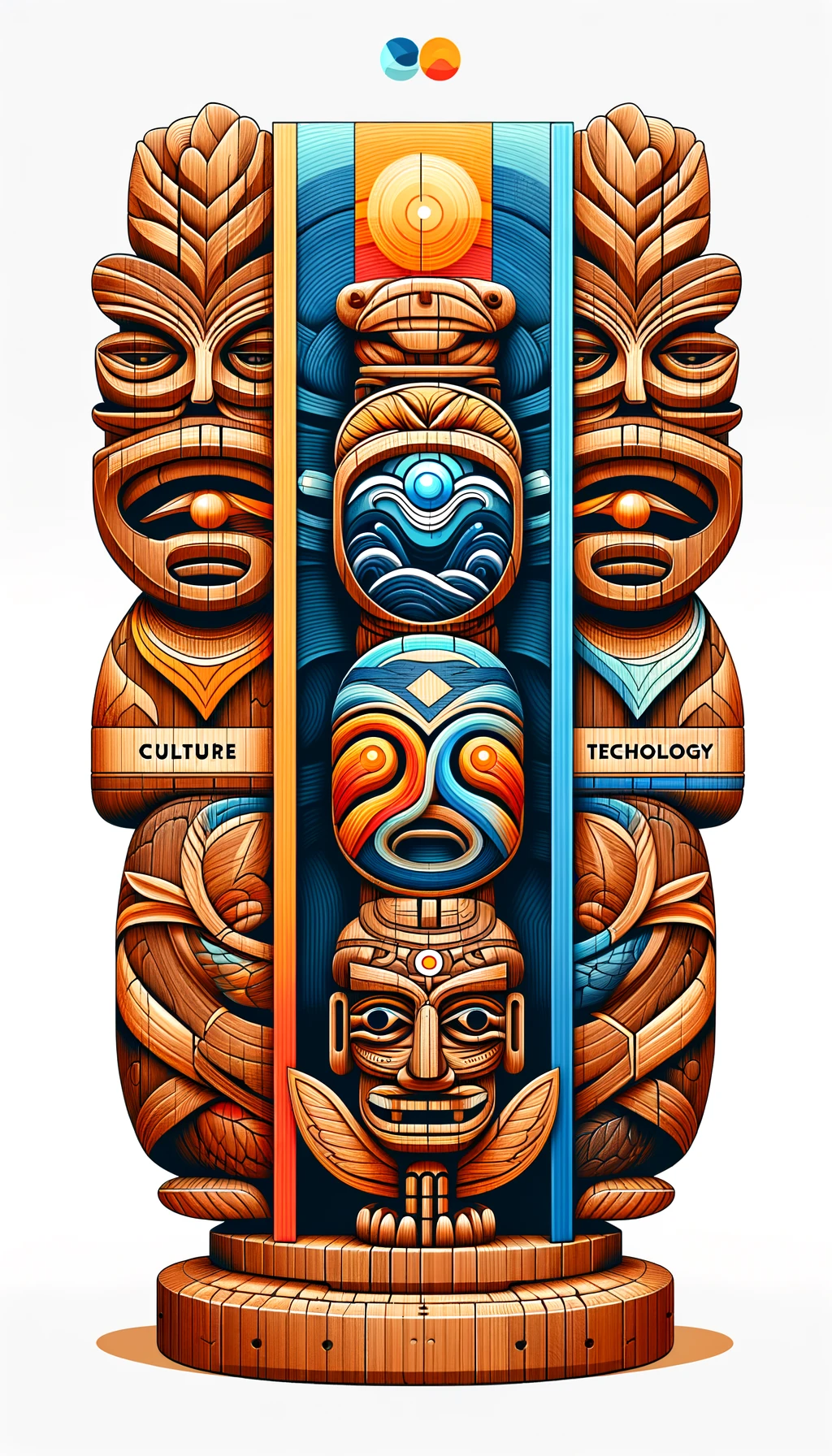
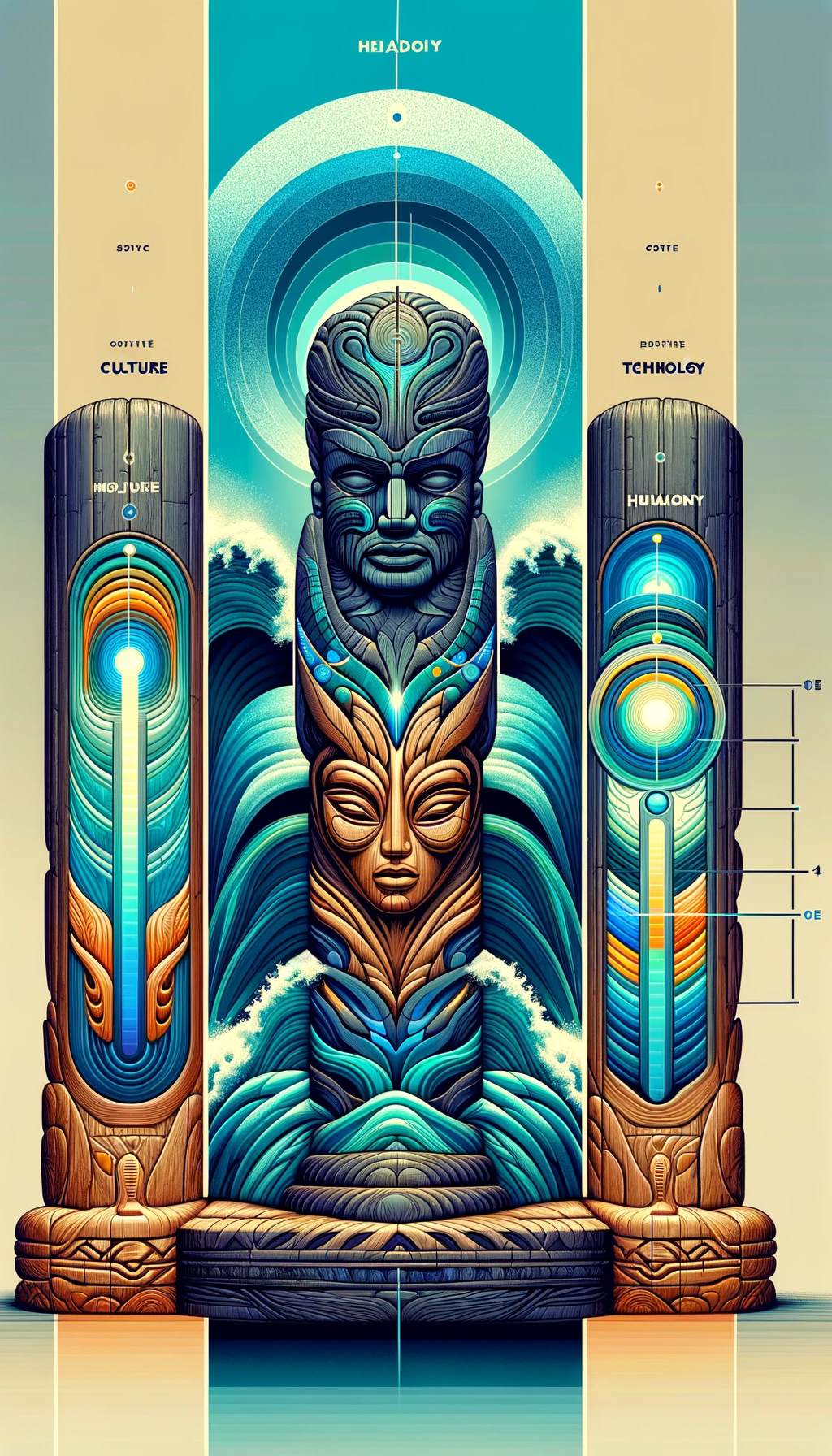

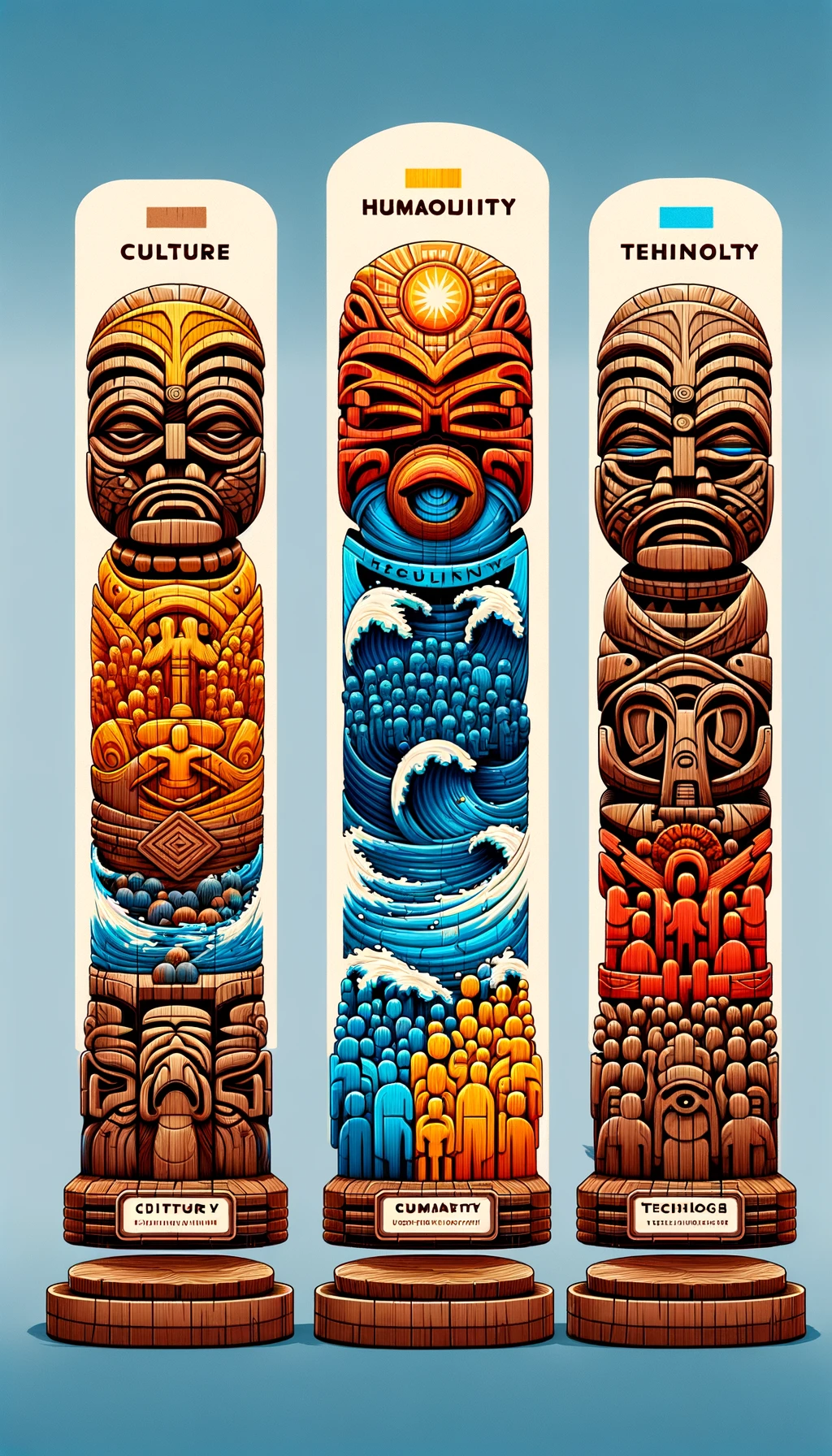
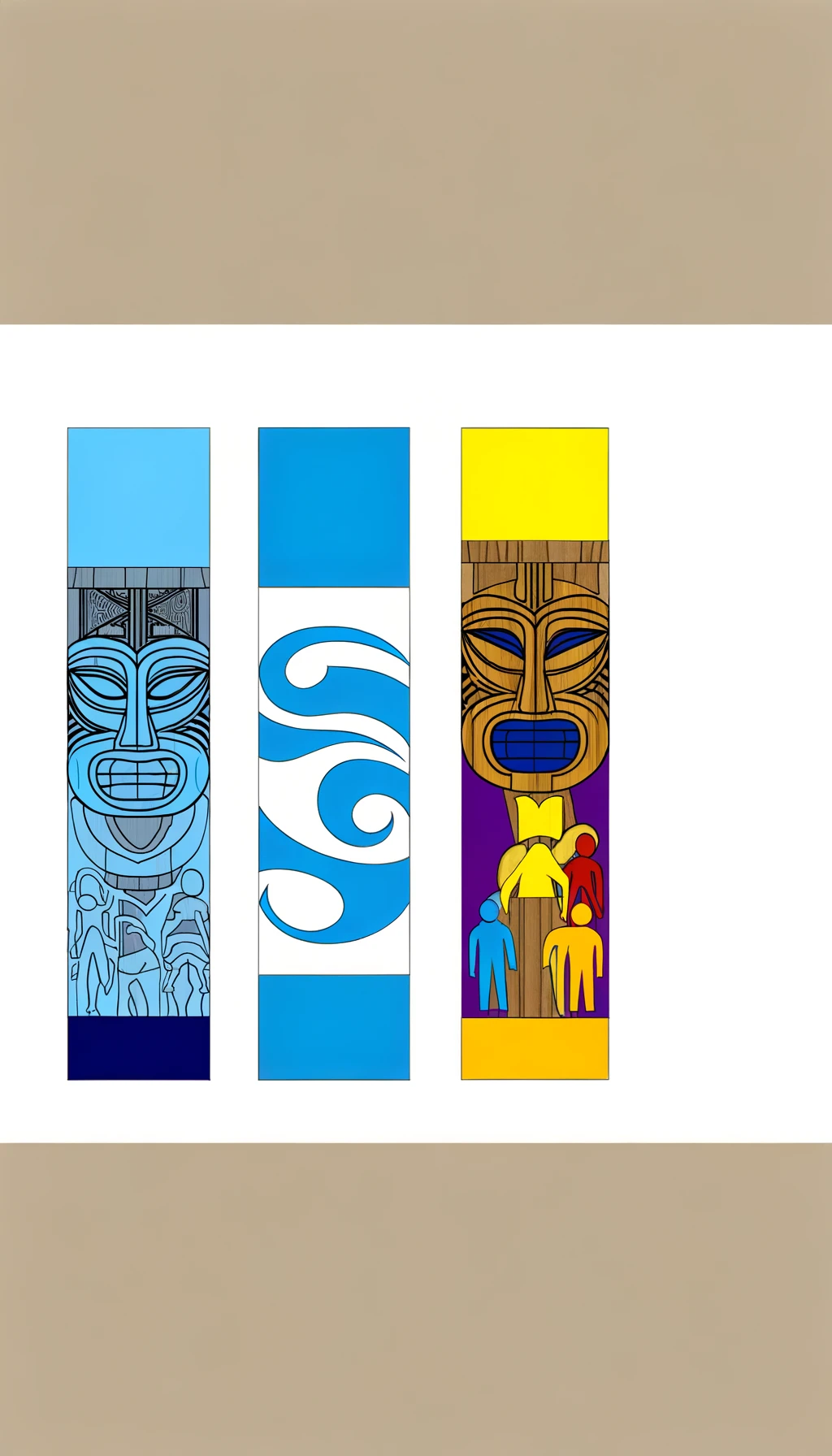

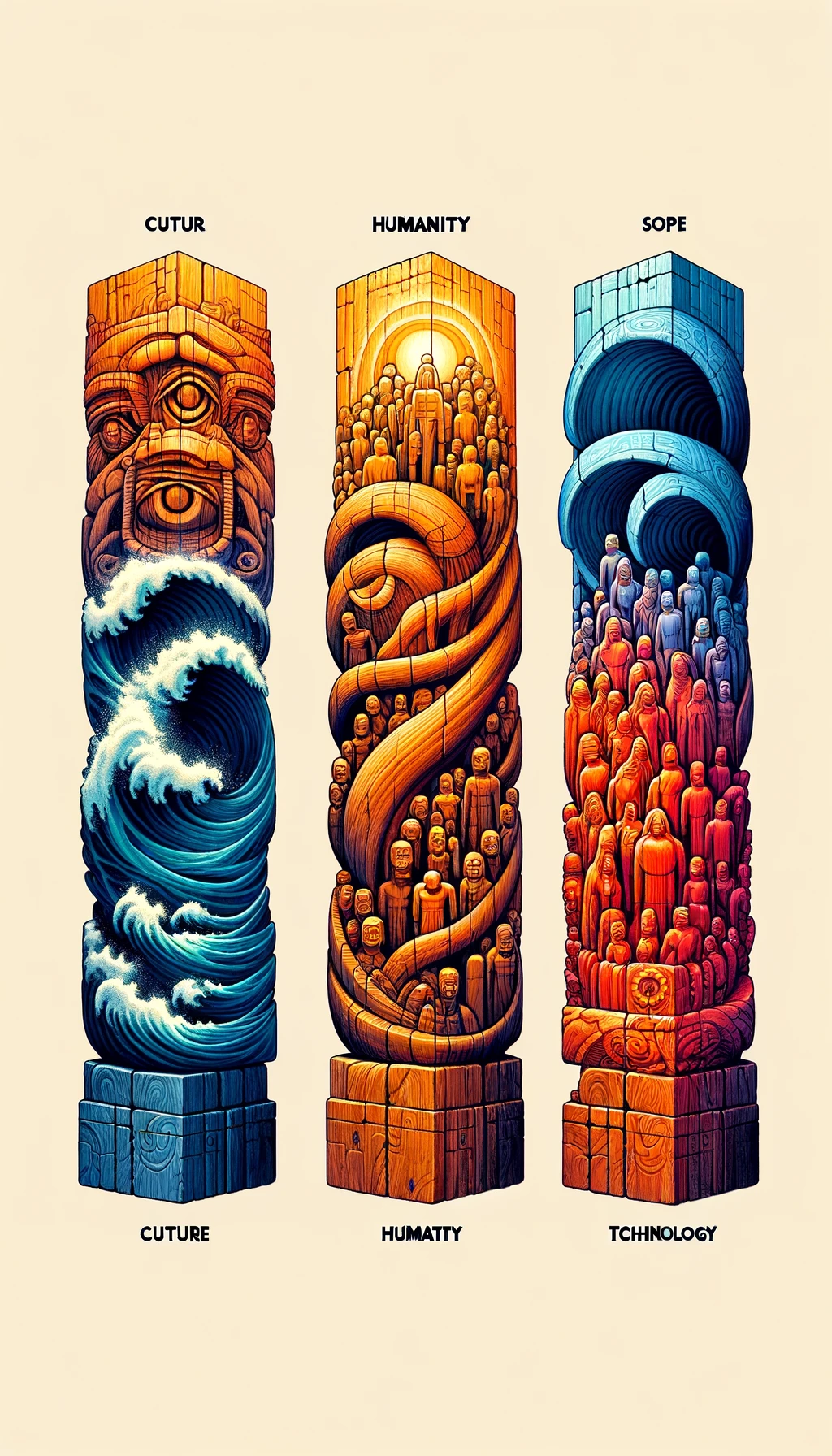

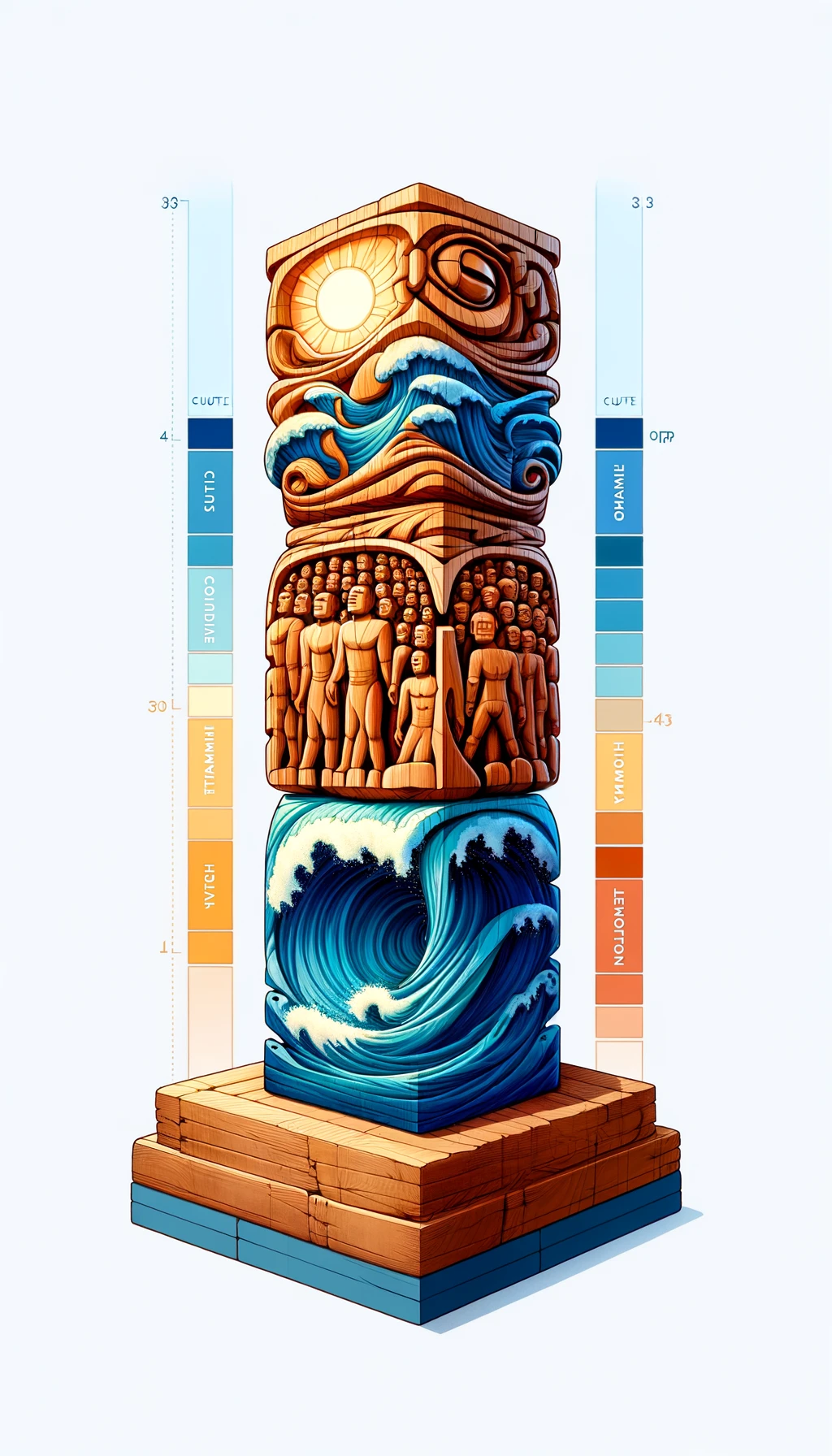




Comments